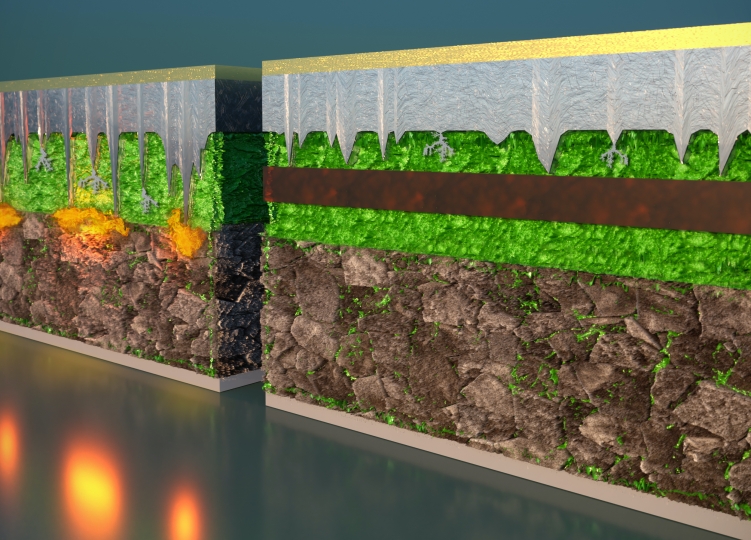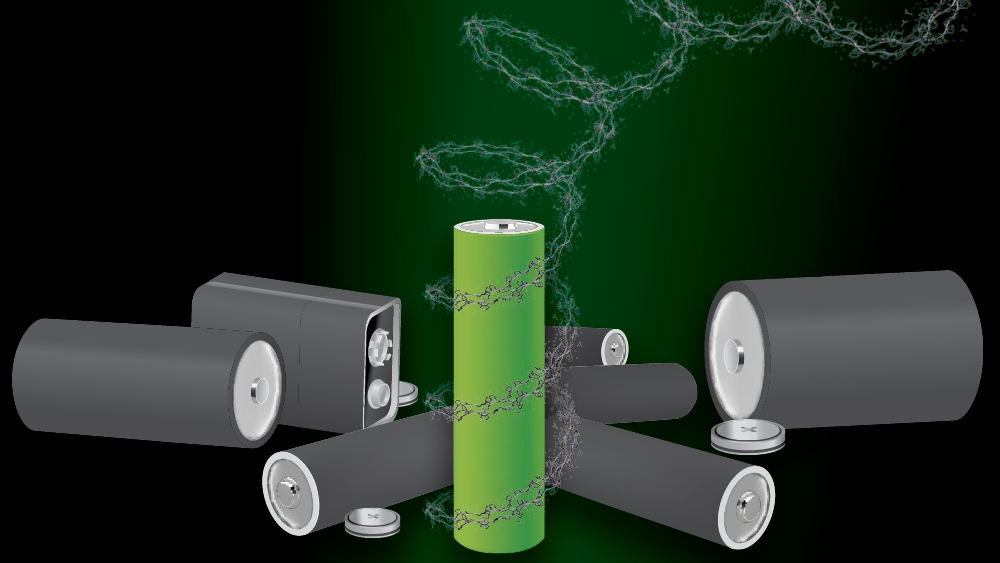2021/5/12 アメリカ合衆国・ハーバード大学

・ ハーバード大学が、新しいマルチレイヤー設計と市販のエネルギー高密度カソード材料を組み合わせた、安定した全固体リチウム金属電池を開発。
・ 現在のリチウムイオン電池は重く、高価で充電に時間がかかり、電気自動車(EV)市場の拡大に必要な長寿命・急速充電能力が不十分。電池化学の最高峰とされる全固体リチウム金属電池は、高容量・高エネルギー密度で急速充電が可能だが、安定性に欠ける。
・ 新全固体リチウム金属電池では、高電流密度で最低 1 万回の充放電サイクルを実証。同電池技術は、EV をガソリン車ほどの寿命に 10~15 年延長し、高電流密度により 10~20 分で充電を完了する電池交換不要の EV の実現を導くもの。
・ リチウム金属電池の主要な課題は、リチウム金属製のアノード表面に形成され、セパレーターを貫通して電池の短絡や発火を起こすデンドライト(樹状の突起)。本研究では、両電極の間に安定性の異なる数種類の材料を挟んだマルチレイヤー構造を設計し、デンドライトの形成を抑制することでこの課題に対処した。
・ 同マルチレイヤー構造は、アノード、グラファイトコーティング、第一電解質(LPSCI:リチウムに対して安定・デンドライトに弱い)、第二電解質(LGPS:安定性にやや欠けデンドライトに強い)、第一電解質、カソードの順番で構成される。
・ アノードで形成されたデンドライトは、グラファイトと第一電解質を貫通して第二電解質で停止する。また、デンドライトが開けた穴を自己修復する。
・ 同マルチレイヤー電池設計は、市販のリチウムイオン電池との競合と大量製造の可能性を提示。商業化へのスケールアップには対処すべき課題が残るが、解決可能と考える。
・ 本研究は、同大学の Dean’s Competitive Fund for Promising Scholoarship および Harvard Data Science Initiative Competitive Research Fund が支援した。今後の研究活動は、Harvard Physical Sciences and Enginnering Accelerator Award および Harvard Climate Change Solutions Fund が支援する。
URL: https://www.seas.harvard.edu/news/2021/05/long-lasting-stable-solid-state-lithium-battery
<NEDO海外技術情報より>
(関連情報)
Nature 掲載論文(アブストラクトのみ:全文は有料)
A dynamic stability design strategy for lithium metal solid state batteries
URL: https://www.nature.com/articles/s41586-021-03486-3
Abstract
A solid-state electrolyte is expected to suppress lithium (Li) dendrite penetration with high mechanical strength1,2,3,4. However, in practice it still remains challenging to realise a lithium metal anode for batteries, because micrometre- or submicrometre-sized cracks in ceramic pellets can frequently be generated during battery assembly or long-time cycling3,5. Once cracks form, lithium dendrite penetration is inevitable6,7. Here we describe a solid-state battery design with a hierarchy of interface stabilities (to lithium metal responses), to achieve an ultrahigh current density with no lithium dendrite penetration. Our multilayer design has the structure of a less-stable electrolyte sandwiched between more-stable solid electrolytes, which prevents any lithium dendrite growth through well localized decompositions in the less stable electrolyte layer. A mechanism analogous to the expansion screw effect is proposed, whereby any cracks are filled by dynamically generated decompositions that are also well constrained, probably by the ‘anchoring’ effect the decompositions induce. The cycling performance of the lithium metal anode paired with a LiNi0.8Mn0.1Co0.1O2 cathode is very stable, with an 82 per cent capacity retention after 10,000 cycles at a 20C rate (8.6 milliamps per centimetre squared) and 81.3 per cent capacity retention after 2,000 cycles at a 1.5C rate (0.64 milliamps per centimetre squared). Our design also enables a specific power of 110.6 kilowatts per kilogram and specific energy up to 631.1 watt hours per kilogram at the micrometre-sized cathode material level.



